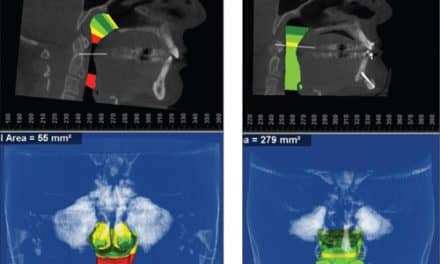 The American Dental Association (ADA) has released new recommendations, developed in collaboration with the US Food and Drug Administration (FDA) and aimed at decreasing radiation exposure to patients receiving dental x-rays. The ADA’s recommendations, titled Dental Radiograph Examinations: Recommendations for Patient Selection and Limiting Radiation Exposure, are intended to be used in conjunction with orthodontists’ professional judgment to determine whether and when x-rays are needed.
The American Dental Association (ADA) has released new recommendations, developed in collaboration with the US Food and Drug Administration (FDA) and aimed at decreasing radiation exposure to patients receiving dental x-rays. The ADA’s recommendations, titled Dental Radiograph Examinations: Recommendations for Patient Selection and Limiting Radiation Exposure, are intended to be used in conjunction with orthodontists’ professional judgment to determine whether and when x-rays are needed.
While x-rays help orthodontists and dentists evaluate and diagnose, the ADA recommends that orthodontists and dentists weigh the benefits of taking x-rays against the possible risk of exposing patients to radiation—the effects of which can accumulate from multiple sources over time.
Since 1989, the ADA has recommended the ALARA principle in relation to dental x-rays—that radiation exposure to patients is “as low as reasonably achievable.” The changes to recommendations include:
- Updates to patient shielding recommendation,
- A new section on limiting radiation exposure during radiographic examinations, and
- New topics such as receptor selection, handheld x-ray units, technique charts, and radiation risk communication.
The ADA’s Council on Scientific Affairs (ASA) consulted with dental radiology experts about a year ago to update the recommendations. The CSA then sent the recommendations for peer review and for review by non-dental organizations such as the Conference on Radiation Control Program Directors and the American Association of Physicists in Medicine.
The recommendations are intended to serve as a resource for dentists and are not intended to be standards of care, requirements, or regulations.










